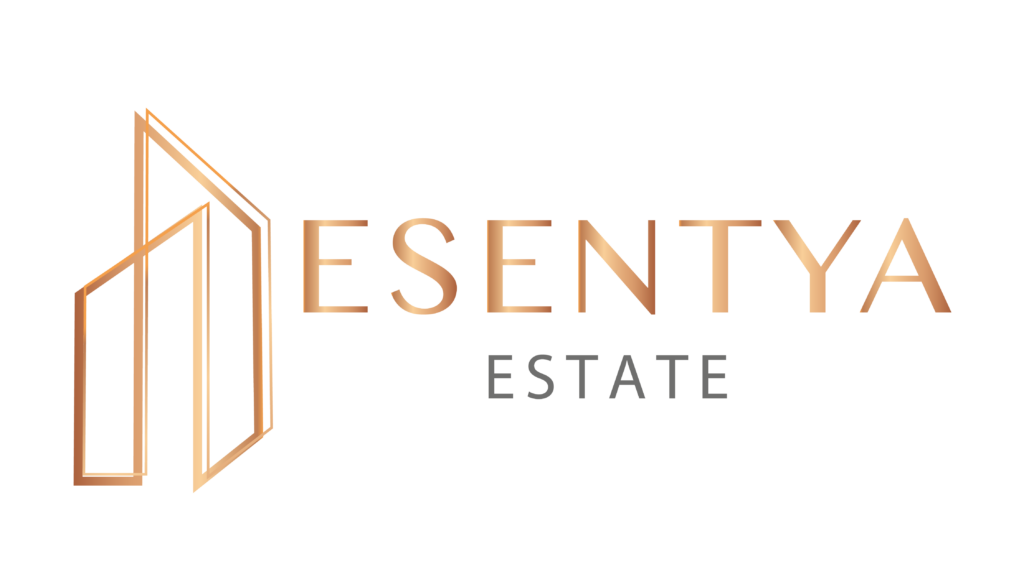Types of Homes:
In Spain, homes may differ slightly from those found in Central or Northern Europe, so it’s important to understand the types of properties available on the coast.
Apartments:
Resale: These apartments are the ideal option for buyers who want to enjoy their new home immediately. The options vary, as you can find fully renovated properties or those that need some renovation. Apartments built before the year 2000 tend to be the most spacious.
New construction: Homes geared towards tourism, with slightly smaller spaces. Delivery times can vary, from over 6 months to more than a year.
Bungalows: These are small homes or apartments on the ground or upper floor. Here, you’ll find properties that may have their own plot of land or a private solarium.
Townhouses: These are small villas that generally have both front and rear terraces. In many cases, they include a private pool.
Villas: Detached homes with their own plot of land. Older ones often have lots ranging from 500 m² to over 1,000 m². For those who wish to live near the sea, it’s important to keep in mind that the plots may be smaller.
What do I want vs. What can I afford?
Asking this question before beginning the search is crucial. As with any investment, we must weigh the pros and cons and analyze what we’d like to have in relation to the investment we can make. The coastal real estate market has evolved significantly in recent years, which may create expectations somewhat different from today’s reality.
Essential requirements
After considering the previous point, it’s essential to establish the must-have requirements: the number of bedrooms (2 or 3?), the type of property, proximity to the beach or services, sea views, and whether a community or private pool is preferred.
Define a budget
One of the most common mistakes among potential buyers is searching for homes without first defining a budget. It’s crucial to have as accurate an estimate as possible of how much you plan to invest. This way, professionals in the sector can offer a selection of properties that match the budget.
Additional costs
To the final price of a property, VAT must be added, the percentage of which varies depending on whether it’s a new construction or a resale. For new builds, 10% VAT is paid, plus 1.5% in stamp duty. For resale properties, only 10% VAT is paid.
It’s also important to factor in the costs of lawyers and notary services, to ensure proper legal and fiscal advice when acquiring a property on the coast.








